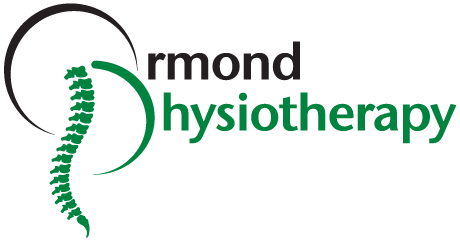About Posture
Posture is how you sit and stand. If you picture how a child stands, with a gentle S curve in their back, this is the perfect example of great posture. Good posture does not mean that you are rigid. It instead is being flexible whilst maintaining;
- Straight back
- Head looking straight ahead with a tucked chin
- Core engaged – “belly button to spine”
- Weight evenly distributed
- Soft straight knees – not “locked”
- Relax & keep breathing
Causes
In some cases, we are born with genetic conditions which affect our posture. However, generally, as we age, our posture begins to decline. Postural dysfunction occurs due to several contributing factors such as increased desk work, extensive technology use, bad habits like slouching, and inactivity leading to muscle fatigue and tension.
If left unattended to, poor posture can lead to many complications such as back pain, spinal dysfunction, joint degeneration, dowagers hump, rounded shoulders, neck pain and headaches.
Some tips for maintaining a good posture at home include;
- Avoid soft, squishy chairs
- Use a lumbar roll to support your back
- If at a desk, use an ergonomic chair or an exercise ball as a chair
- Ensure your mattress provides ample support and keeps your spine straight when laying on your side
- When lifting weights ensure your core is engaged and you use correct lifting technique.
Assessment & Treatment
As with any other condition, if you are suffering from postural pain your therapist will complete a thorough assessment of your posture. They will asses how you sit and stand, as well as assess your range of motion and establish where your pain or dysfunction is originating.
Treatment options may include;
If you are suffering from posture related pain, call our team on 9578 6588 or go online to book your assessment today.

